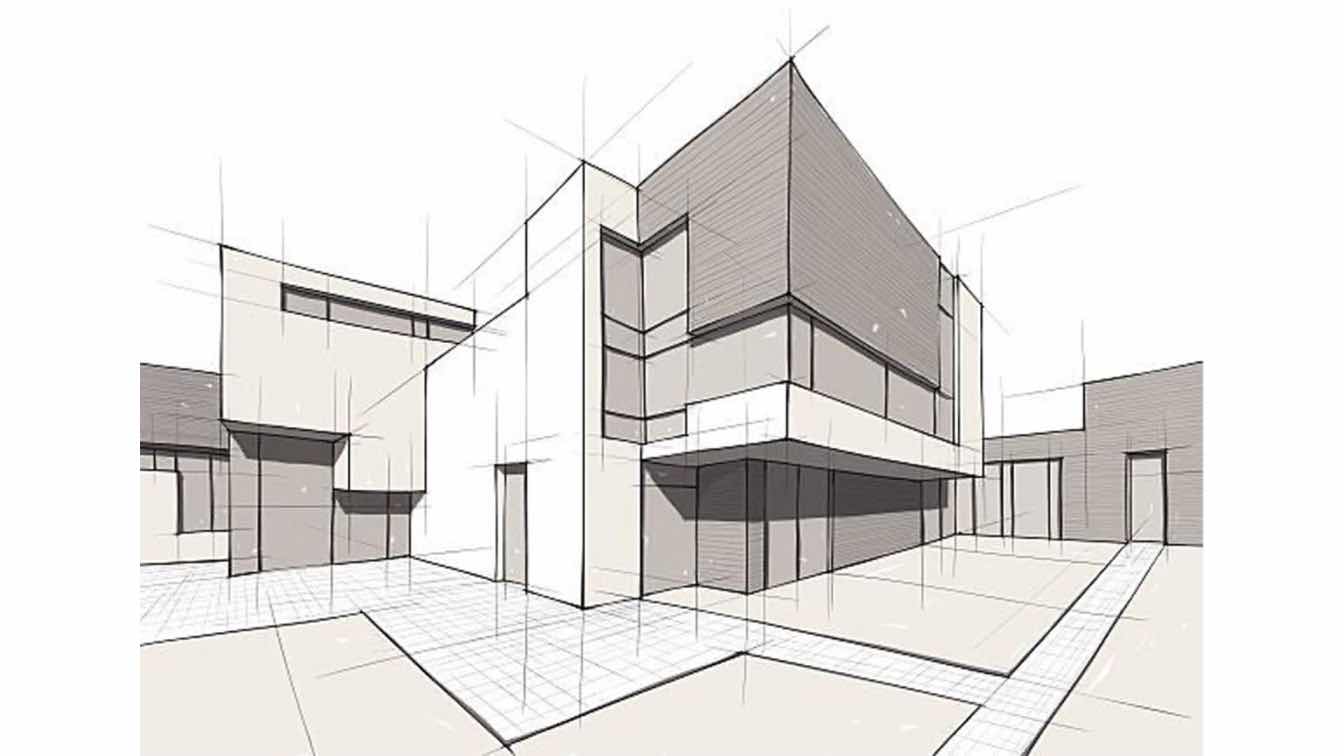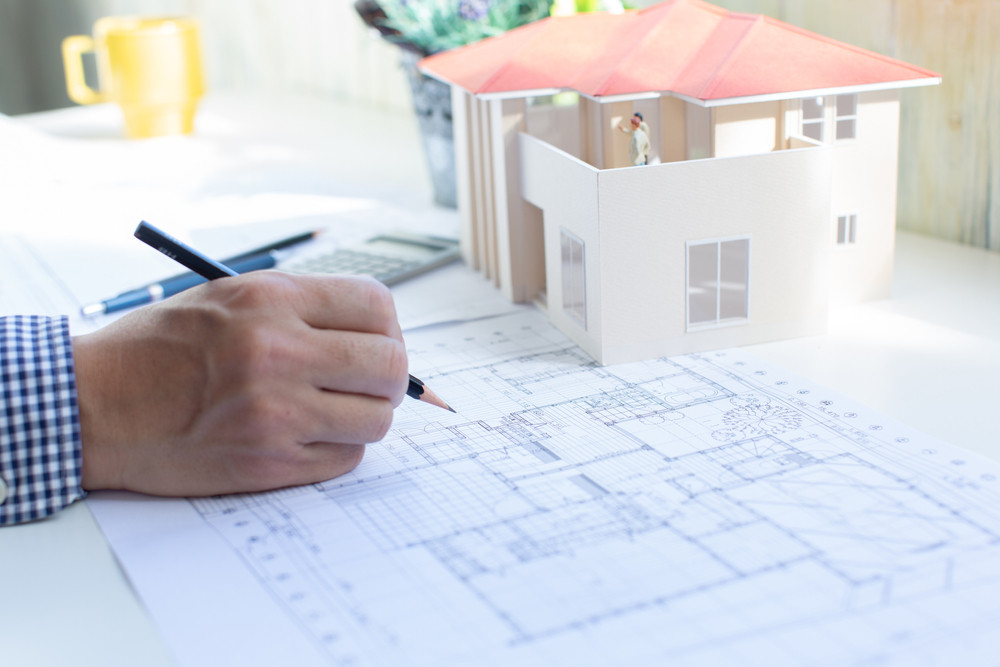How CDA Architects Integrate Creative Thinking and Capability in Modern Style
How CDA Architects Integrate Creative Thinking and Capability in Modern Style
Blog Article
The Necessary Function of a Designer fit Lasting Urban Environments for Future Generations
The function of a designer in crafting lasting urban atmospheres is significantly pivotal in responding to the difficulties of climate change and urbanization. By seamlessly incorporating environmental principles right into their layouts, architects not only enhance the visual and practical high quality of city rooms yet also address pushing concerns such as power efficiency and social equity. Their expertise in innovative materials and area involvement forms growths that reverberate with neighborhood values and goals. Nevertheless, as we discover the complexities of this field better, it ends up being evident that the future of urban living might pivot on the actual methods engineers use today.
Comprehending Sustainable Urban Layout
Sustainable urban layout incorporates environmental concepts with metropolitan preparation to produce environments that are not just habitable but additionally resilient. This strategy highlights the importance of including natural systems right into the city material, making certain that growth satisfies the demands of the here and now without compromising the capacity of future generations to fulfill their very own needs. Secret components of sustainable city design include reliable land use, the promo of biodiversity, and the integration of eco-friendly rooms, every one of which add to boosted high quality of life for homeowners.
Additionally, lasting metropolitan style prioritizes the decrease of the urban warm island impact, improved air high quality, and reliable stormwater management. It motivates using renewable energies and energy-efficient structure techniques, which considerably reduced carbon impacts. Additionally, sustainable city layout fosters social equity by producing obtainable public rooms and promoting mixed-use developments that satisfy varied populaces.
With thoughtful planning and cutting-edge layout approaches, lasting city environments can enhance neighborhood durability against climate modification while promoting economic advancement. This alternative method not only addresses instant metropolitan difficulties yet additionally lays the groundwork for much healthier, much more lasting cities for generations to find.
Key Duties of Engineers
Designers play a crucial duty in shaping sustainable metropolitan environments by translating layout concepts right into tangible structures and areas. Their responsibilities encompass a wide variety of tasks that add to the overall success of metropolitan design tasks.
Primarily, architects perform comprehensive site evaluations to recognize the environmental, social, and social context of their jobs. This foundational knowledge educates their layout choices, making sure that buildings harmonize with their environments. They likewise take part in joint procedures with stakeholders, including city planners, engineers, and the area, cultivating a comprehensive strategy to metropolitan advancement.
Additionally, engineers are entrusted with producing designs that maximize energy performance, source preservation, and capability. They must stick to local zoning legislations, developing codes, and sustainability accreditations, guaranteeing conformity while pushing the limits of innovation.
In addition, architects are accountable for taking care of the design process, collaborating with different experts throughout the building and construction phase to make certain that the vision is recognized accurately (cda architects). Eventually, their duty is not solely concerning looks; it is about creating resistant, adaptive spaces that boost the quality of life for current and future generations, laying the foundation for sustainable urban living
Cutting-edge Materials and Techniques

Additionally, developments in technology have actually caused the growth of high-performance products, such as insulated concrete forms (ICFs) and photovoltaic or pv glass, which add to energy preservation and harness eco-friendly power. Techniques such as easy solar style and green roofs even more exhibit exactly how architecture can integrate with natural systems, reducing dependence on synthetic cooling and heating.
In addition, the integration of wise materials, which adjust to ecological adjustments, provides promising opportunities for boosting building efficiency. These products can react to temperature check my blog level fluctuations or dampness levels, enhancing comfort and sustainability.
Ultimately, the calculated selection and application of ingenious products and techniques equip engineers to create metropolitan rooms that are not only practical and aesthetically pleasing but likewise resistant and environmentally accountable, ensuring a lasting future for generations ahead. cda architects.
Community Interaction and Cooperation
The success of innovative materials and techniques in lasting metropolitan design is considerably boosted by energetic neighborhood engagement and collaboration. Engineers have to acknowledge that the developed setting profoundly affects the lives of neighborhood citizens, making it necessary to involve them in the style procedure. Engaging the community promotes a sense of ownership and liability, making certain that advancements not only meet visual and practical demands but likewise reflect the worths and goals of those who occupy them.

Successful neighborhood interaction additionally aids in focusing on social equity within city development. By thinking about the voices of marginalized populaces, engineers can develop areas that are comprehensive and equitable. By doing this, neighborhood involvement and view it collaboration end up being indispensable to achieving truly sustainable urban environments that offer the needs of present and future generations.
Future Patterns in Sustainable Architecture
An emerging focus on adaptive reuse and circular economic climate principles is readied to redefine the landscape of sustainable architecture. As cities grapple with increasing populace thickness and ecological difficulties, designers are progressively turning to methods that maximize existing structures instead of pursuing brand-new builds. This technique not only protects cultural heritage but additionally dramatically lowers resource consumption and waste.
Additionally, advancements in modern technology are forming future fads in lasting architecture. The integration of smart products and building systems allows for real-time power administration, boosting performance and minimizing carbon footprints. Developments such as green roofs, living wall surfaces, and energy-generating facades are coming to be typical methods, further advertising ecological balance within city atmospheres.
Moreover, a change towards biophilic style is obtaining traction, highlighting the connection between nature and human health. By integrating all-natural elements, engineers develop spaces that cultivate mental health and wellness while promoting biodiversity.
Conclusion
Finally, engineers are critical in progressing sustainable metropolitan settings with their competence in design, ingenious products, and area engagement. By focusing on power efficiency and resource preservation, these experts add to the production of resilient metropolitan rooms that meet the requirements of present and future generations. The integration of environmental principles not just boosts livability but also promotes social equity, ensuring advancements reverberate with the worths and ambitions of the communities they offer.
Report this page